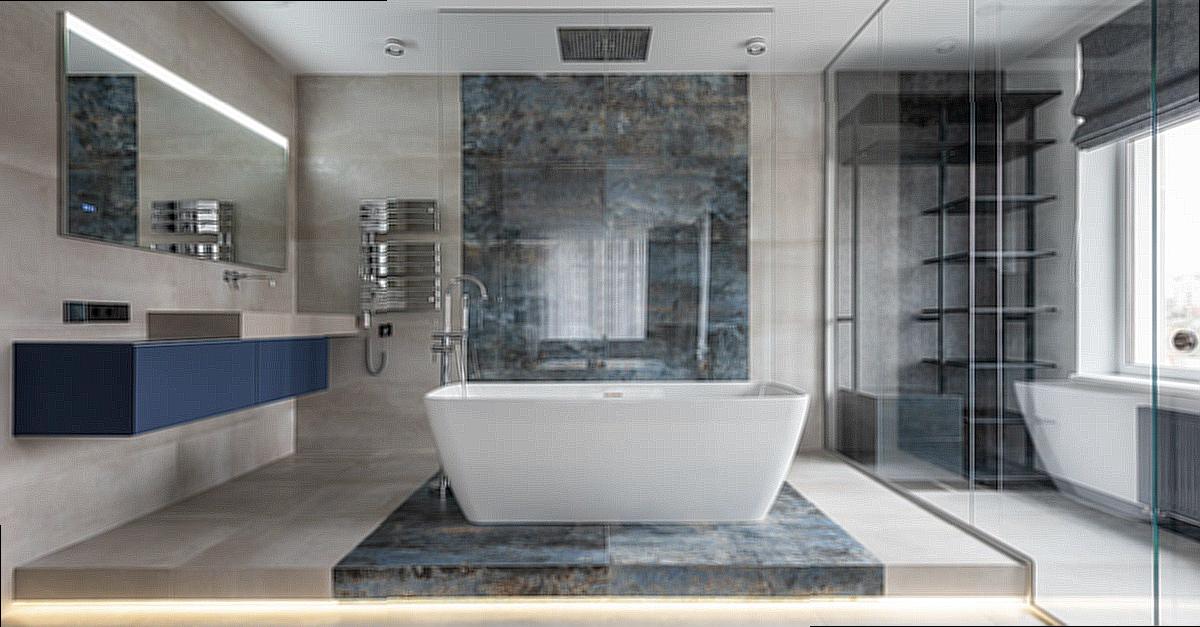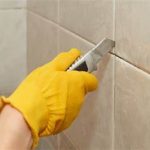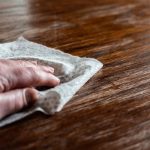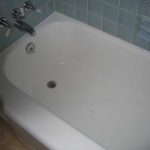Do you need baseboards in the bathroom? Baseboards can add a touch of style and elegance to any room, but they also serve an important purpose.
In this blog post, we’ll explore why baseboards are essential in the bathroom, what materials are best for this area, and how to install them properly.
With this information, you’ll be able to make an informed decision about whether or not you need baseboards in your bathroom.
Let’s get started.
Contents
- 1 What Are Baseboards Used For?
- 2 Do You Need Baseboards In The Bathroom?
- 3 Is It Necessary To Have A Baseboard?
- 4 Why Use Baseboards In a Bathroom?
- 5 What Kind Of Trim To Use In A Bathroom?
- 6 How To Install Baseboards In a Bathroom
- 7 How To Measure For and Cut the Baseboard
- 8 How Do You Waterproof Bathroom Baseboards?
- 9 Conclusion
What Are Baseboards Used For?
Baseboards are an essential part of any room’s decor.
They provide a sleek and polished look, protect the walls from damage, and keep moisture away. Plus, they come in a variety of materials, styles, and colors to match any decor.
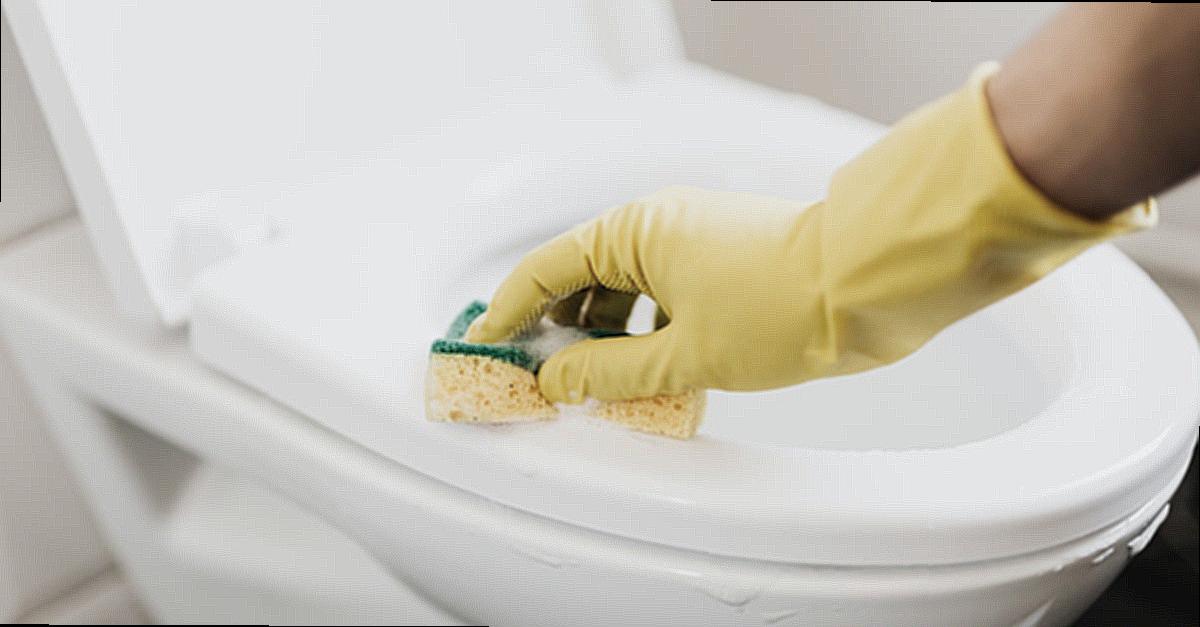
Whether you choose wood, vinyl, metal, or plastic baseboards, they will cover up gaps between the wall and flooring as well as hide any imperfections in the wall.
With baseboards, you can create an inviting space that is sure to impress your guests.
Do You Need Baseboards In The Bathroom?
Do you need baseboards in the bathroom? The answer is yes! Installing baseboards in your bathroom can add a touch of style and provide practical benefits such as protecting walls from water damage and reducing cold drafts.
Baseboards create a visual barrier between the walls and floor, giving your bathroom a neat, unified look. In addition, they can help keep water off of your walls and floors, reducing the risk of mold and mildew growth.
When deciding whether or not to install baseboards in your bathroom, it’s important to consider the style of your home.
For a more traditional home with classic details, baseboards may be necessary to maintain that look throughout your entire house.
On the other hand, if you have a modern home with minimalistic design elements, then baseboards may not be necessary as they could detract from the overall aesthetic.
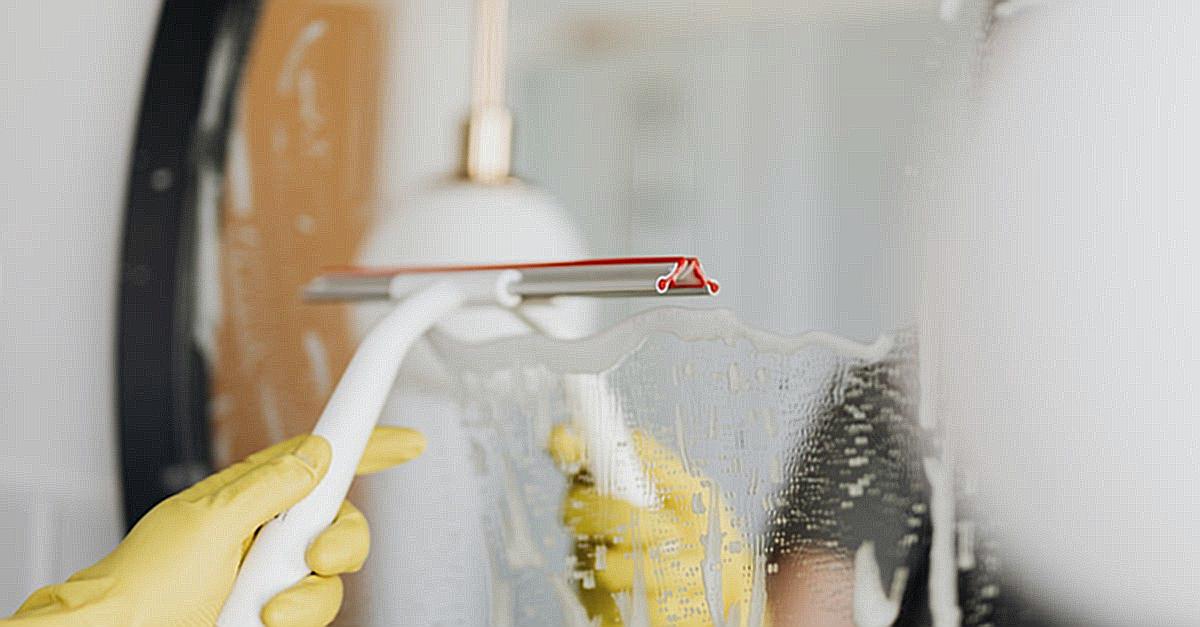
In conclusion, while it is not necessary to install baseboards in your bathroom, they can provide many benefits that make them worth considering. They can help protect your walls from water damage and add an element of style to any room.
Ultimately, it comes down to personal preference when deciding whether or not to install baseboards in your bathroom.
Is It Necessary To Have A Baseboard?
Baseboards can provide a neat, finished look to your walls and also protect them from water damage.
They’re also great at hiding any gaps between the floor and wall, which is especially important in bathrooms, where there is often a lot of moisture.
Additionally, baseboards are perfect for concealing any imperfections in the walls or floors, such as cracks or uneven surfaces.
So if you’re looking to add a touch of style and security to your bathroom, baseboards might be the way to go.
Why Use Baseboards In a Bathroom?
Baseboards are an essential part of any bathroom, as they help to protect the walls from water damage and give the room a finished look. Not only do baseboards provide functional benefits, but they can also add a stylish touch to the room.
When choosing baseboards for a bathroom, it is important to consider materials that are waterproof and durable.
Vinyl is a popular choice due to its water resistance, but other materials such as wood or metal can also be used. Additionally, make sure the baseboard is securely attached to the wall with screws or nails so that it does not come loose over time.
Baseboards can create contrast between the walls and flooring, making the room appear larger than it is.
Furthermore, adding decorative trim or molding around the baseboard will give any bathroom an extra layer of sophistication and elegance. So if you want your bathroom to look its best, don’t forget about adding baseboards.
What Kind Of Trim To Use In A Bathroom?
With so many choices available, it can be difficult to determine which trim is best for your space. Here are some of the most common types of trimming and their benefits and drawbacks.
PVC trim is a cost-effective and easy-to-install option that is also waterproof and resistant to mold growth. It’s a great choice for bathrooms with high humidity levels, but it may not be as attractive as other materials.
MDF trim is another popular option due to its durability and affordability. It can be cut or colored for custom projects and also painted or stained. However, MDF will not be as strong as wood or PVC.
Wood trim is the most expensive option but also the most aesthetically pleasing. It adds warmth and character to any bathroom space but requires more maintenance than other materials due to its susceptibility to water damage and warping over time if not properly sealed and maintained.
Whatever trim you choose, make sure it complements the overall style of your bathroom decor.
With careful consideration of all your options, you’ll find the perfect trim that will add a touch of elegance to your bathroom.
How To Install Baseboards In a Bathroom
Installing baseboards is an easy way to do so. All you need are the right tools, supplies, and a bit of know-how. First off, measure each wall and calculate the amount of wood needed for the job.
Gather all the necessary materials and tools, such as a miter saw, hammer, nails, level, and caulk. Cut each piece of baseboard at a 45-degree angle with the miter saw to make sure they fit together when installed.
Hammer in the nails along each wall, not too close or too far from the wall, to secure them in place. Use a level to ensure that all pieces are even and flush with one another before moving on to caulking and painting.
Caulk around any gaps or seams between each piece of baseboard before painting them with your desired color or finish. Allow the paint to dry completely before reinstalling any hardware or accessories in your bathroom, such as towel racks or toilet paper holders.
How To Measure For and Cut the Baseboard
Installing baseboards is a great way to upgrade the look of your home. To ensure that the installation goes as smoothly as possible, there are a few steps you should take before nailing the boards into place. Here’s how to measure and cut the baseboard for your project.
Start by measuring the length and height of the wall. Mark off sections for each baseboard and indicate where you want the top of your baseboard to be centered. Also, note any outlets or other fixtures on the wall so you can cut out holes for them when laying the board.
Next, use a miter saw to cut your baseboard at a 45-degree angle, if necessary. Cut around any fixtures or outlets with a jigsaw or router, then sand down any rough edges with sandpaper. Test-fit your baseboard before installing it, and use a level to make sure it is even before nailing it into place.
How Do You Waterproof Bathroom Baseboards?
Waterproofing your bathroom baseboards is essential to protect them from water damage. Fortunately, it’s not an impossible task. Here are some easy steps you can take to waterproof your bathroom baseboards.
First, apply a waterproof sealant over the baseboards. Make sure that the sealant is suitable for use in wet areas. Spread a thin layer of sealant around the edges of the baseboard and along any seams or gaps. Let it dry completely before adding a second coat for extra protection.
Second, if you’re using tiles on your walls, make sure that they are sealed with grout and caulk to prevent water seepage and protect your baseboards from damage over time.
Finally, check regularly for signs of water damage, such as peeling paint or discoloration. If you spot anything suspicious, take action right away to prevent further harm from occurring.
Conclusion
Do you need baseboards in the bathroom? Yes! Baseboards are an essential part of any bathroom, providing both aesthetic and practical benefits.
They protect walls from water damage, reduce cold drafts, and make the room appear larger. Plus, adding decorative trim or molding around the baseboard will give your bathroom an extra layer of sophistication and elegance.
When considering whether to install baseboards in your bathroom, think about the style of your house and waterproofing steps like sealants, grout, and caulk.
Ultimately, it’s a matter of personal preference, but with careful consideration of all alternatives, you can find the perfect trim for your bathroom that will add a touch of luxury.

